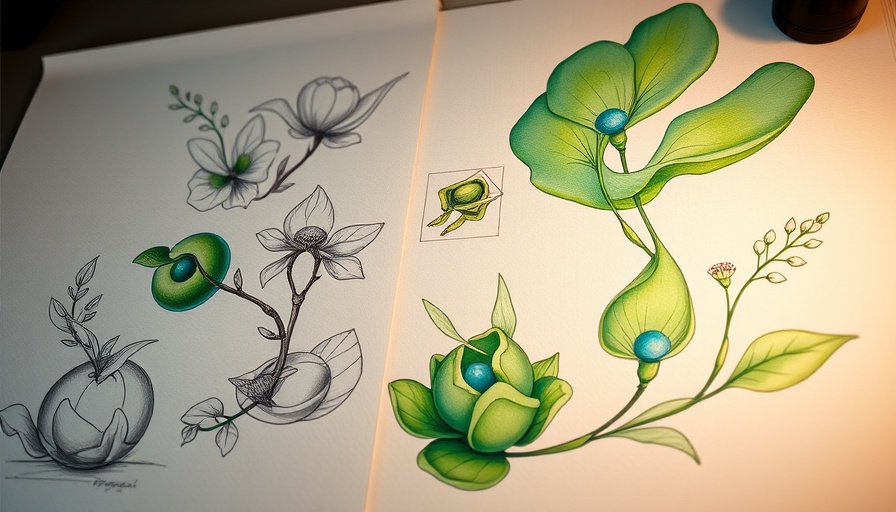
Revolutionizing Creativity: AI in Design
As industries continue to evolve alongside technology, the creative design process is experiencing a significant transformation thanks to artificial intelligence (AI). Far from replacing human creativity, AI is enhancing and expanding the ways designers think and work, offering tools that can lead to more innovative and effective designs.
Historical Context and Background: The Intersection of AI and Design
The integration of AI into creative fields is not entirely new. For years, tools like Adobe Photoshop and Illustrator have included automated features aimed at streamlining the design workflow. However, the recent advancements in machine learning and deep learning have taken these applications to new heights. Today, AI can analyze vast datasets to understand design trends, consumer preferences, and even predict the success of certain creative directions.
Unique Benefits of AI in Creative Design
One of the most compelling advantages of using AI in the design process is its ability to handle repetitive tasks that often bog down creative professionals. For example, AI-powered tools can automatically generate variations of a design, propose color palettes based on current trends, or even suggest suitable fonts—freeing up designers to focus on the big picture. This synergy of human creativity and AI efficiency creates an environment ripe for innovation.
Future Insights: Trends Shaping the Future of Design
Looking ahead, the role of AI in design seems poised to grow even further. Emerging technologies such as augmented reality (AR) and virtual reality (VR) are being integrated with AI tools, opening avenues for immersive and interactive design experiences. For instance, designers may soon be able to visualize their projects in real-time within a virtual space, refining their ideas with instant feedback from AI analytics. This combination of technologies could redefine design standards across various industries, from fashion to architecture.
Challenges and Considerations: The Ethical Implications of Using AI
Despite the promising advantages, the integration of AI into creative fields also raises several ethical questions. Concerns regarding copyright issues, the fear of homogenization in design, and the potential for bias in AI algorithms are topics demanding careful consideration. It's essential for designers and technologists to collaborate on guidelines that prioritize ethical practices while leveraging AI's capabilities. As AI design tools become more prevalent, ensuring that they support diverse creativity rather than stifle it will be crucial.
Decisions You Can Make With This Knowledge
Understanding how AI can assist in the creative design process empowers both professionals and amateurs alike. For aspiring designers, embracing AI tools can streamline workflows, enhance creativity, and foster collaboration. For seasoned professionals, integrating AI into their toolkit not only promotes efficiency but also keeps them at the forefront of industry trends. By leveraging AI wisely, creatives can improve their outcomes and push the boundaries of design.
 Add Row
Add Row  Add
Add 




Write A Comment